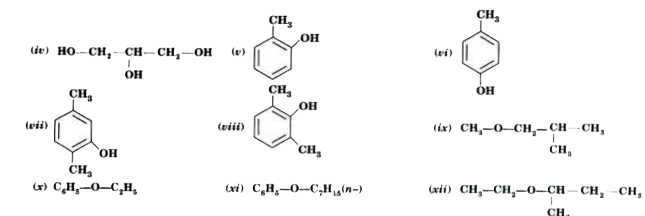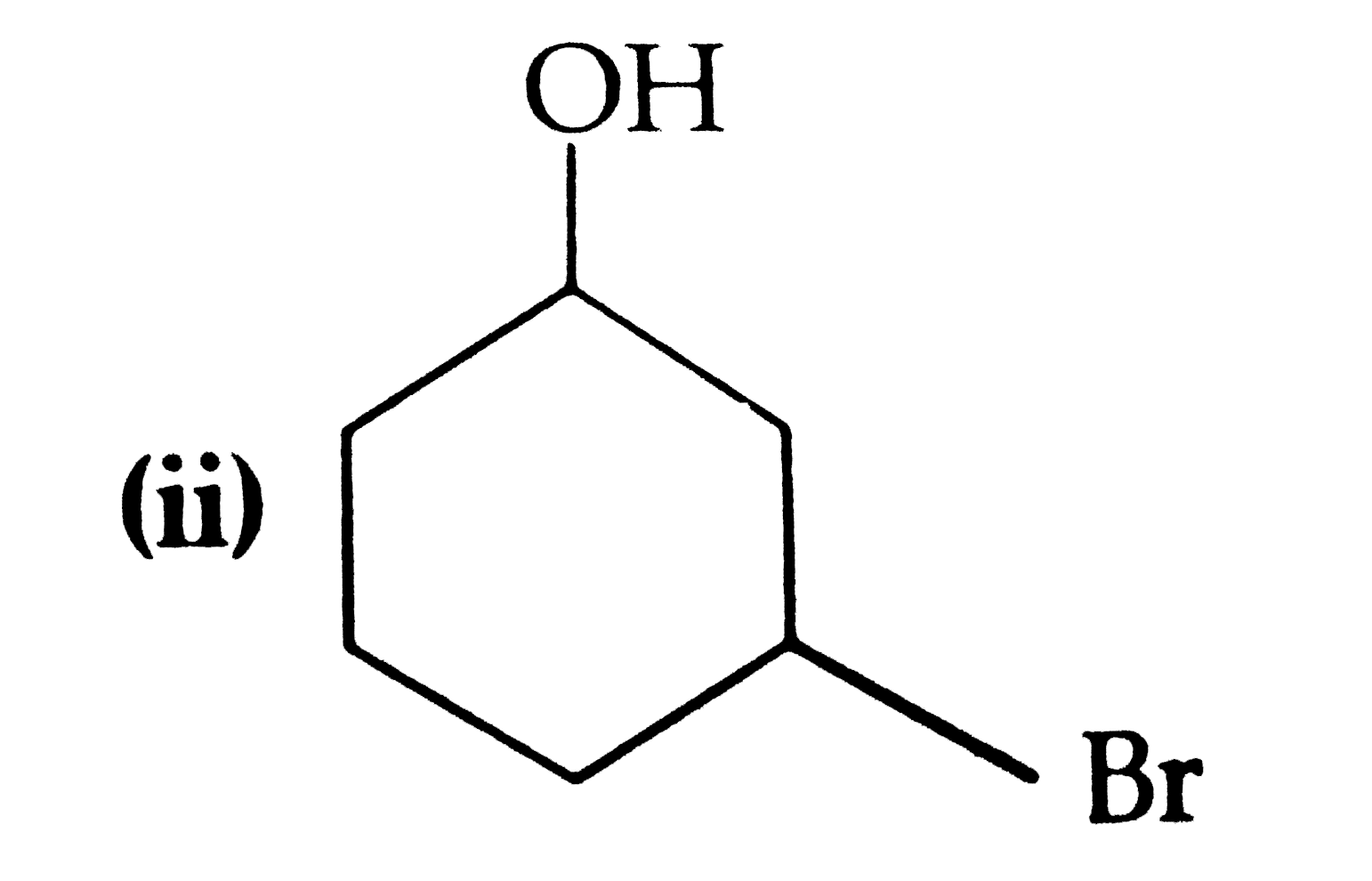Me−CH∣Et−CH=CH−PhHCl−−→W,W is
Me−CH∣Et−CH2−CH∣Cl−Ph
Me−CH∣Et−CH∣Cl−CH2−Ph
Me−CH∣Cl−CH∣Et−CH2∣Ph
Cl−CH∣Et−CH∣Me−CH2−Ph
The correct Answer is:A
To solve the question regarding the reaction of the compound with HCl, we can break it down step by step.
1. Identify the Structure: The compound given is CH3-CH=CH-Ph (where Ph represents a phenyl group). This is an allylic system with a double bond between the second and third carbon atoms.
2. Protonation of the Alkene: When HCl is added to the reaction, the first step involves the protonation of the double bond. The double bond between the second and third carbon (C2=C3) will react with HCl. The H+ from HCl will add to one of the carbons of the double bond.
3. Formation of Carbocation: The addition of H+ leads to the formation of a carbocation. The most stable carbocation will form, which is typically at the more substituted carbon. In this case, the proton will add to the less substituted carbon (C2), resulting in a carbocation on C3.
4. Resonance Stabilization: The carbocation formed (C3) can be stabilized by resonance with the phenyl group (Ph). The positive charge can delocalize onto the phenyl ring, which stabilizes the carbocation.
5. Nucleophilic Attack by Chloride Ion: After the carbocation is formed and stabilized, the Cl- ion from HCl will attack the positively charged carbon (C3). This results in the formation of the final product.
6. Final Product: The final product will be CH3-CH(Cl)-CH2-Ph, where Cl is attached to the carbon that was initially part of the double bond.
Final Answer:
The product W is CH3-CH(Cl)-CH2-Ph.
---
The product W is CH3-CH(Cl)-CH2-Ph.
Topper's Solved these Questions
- HYDROCARBON BOOK - MOTIONCHAPTER - HYDROCARBON EXERCISE - Exercise - 3
14 Videos
- HYDROCARBON BOOK - MOTIONCHAPTER - HYDROCARBON EXERCISE - Exercise - 4 (Level-I)
34 Videos
- HYDROCARBON BOOK - MOTIONCHAPTER - HYDROCARBON EXERCISE - Exercise - 1
85 Videos
- GRIGNARD REAGENTBOOK - MOTIONCHAPTER - GRIGNARD REAGENTEXERCISE - EXERCISE-2
16 Videos
- IONIC EQUILIBRUIMBOOK - MOTIONCHAPTER - IONIC EQUILIBRUIMEXERCISE - Exercise -4 (Level -II)
14 Videos
Similar Questions
Knowledge Check
How many chiral centres are present in
Me−O∣∣C−CH2−C∣BrH−C∣ClH−CH=C=CH−C∣OHH−C∣CH3H−Me?A3B4C5D6A racemic mixture of 2− Chloropropanoic acid is treated with excess of (+)−2− Butanol. The reaction can be represented as follows :
CH2−CH∣Cl(±)−COOH+CH3−CH∣OH (+) excess−CH2−CH3→CH3−CH∣Cl−COO− CH3∣CH−CH2−CH3+CH3−CH∣OH(+) (Left unreacted)−CH2−CH3Aonly one optically pure ester is obtainedBA mixture of two ester ( enantiomers ) is obtainedCA mixture of four stereoisomers of ester is obtainedDAll esters formed are optically activeThe IUPAC name of CH3−CH∣OH−CH∣CH3−CH∣OH− CH3∣C∣ CH3−CH3 is:
A3,5,5-Trimethylhexane-2,4-diolB2,2,4-Trimethylhexane-3,5-diolC1,2,4,4-Tetramethylpantane-1,3-diolD2,2,4-5Tetramethylpantane-3,5-diol
Write IUPAC names of the following compounds :
(i) CH3−CH∣CH3−CH2−CH∣OH−CH3∣C∣CH3−CH3 (ii) H3−C−CH∣OH−CH2−CH∣OH−CH∣C2H5−CH2−CH3
CH3−CH∣OH−CH∣OH−CH3
(iv) HO−CH2−CH∣OH−CH2−OH

View SolutionCH3−CH2−CH∣I−CH3
View SolutionName the following compounds according to IUPAC system.
(i) CH3−CH∣CH3−CH2−C∣OHH−CH3
(ii)
(iii) CH−CCH3=C∣Br−CH2−OH
View SolutionIn the given reaction
CH3−CH| CH3−CH=CH2+HCl→[X]
Major product [X] will be
View SolutionThe IUPAC name of CH3−CH∣OH−CH2−CH∣COOH−CH3 is:
View Solution
